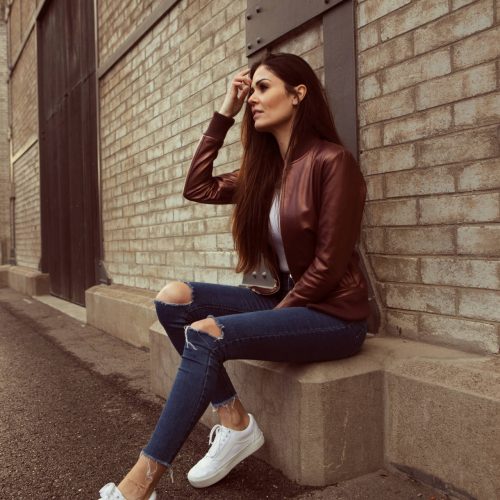Sustainable Fashion | Top Marketing Trends Autumn Winter 2021-22
Sustainability has never been as popular of a topic as it is now in the fashion industry. Brands are increasingly incorporating sustainable practices not only in their fashion but also their business. These brands are using creative direction and marketing to change the conversation and guide the industry toward a more sustainable focus. By looking at their marketing trends, we’re finding out how industry leaders are communicating change in their Autumn/Winter 2021-2022 campaigns.
To receive the Luxiders Newsletter, sign up here.
Consumers are becoming more conscious of the environmental and social impact of their purchases and prefer to buy from brands that share the same personal values. As such, luxury brands are realizing that in order to attract and retain these more socially conscious consumers, they have to start embodying sustainable principles that connect not only with the consumer but also stay true to the brand’s identity. Here are how some of the biggest names in sustainable fashion are doing just that.
INDUSTRY LEADERS PAVING THE WAY
STELLA MCCARTNEY
Stella McCartney proves once again that a brand doesn’t have to compromise on style in order to be sustainable. Her Autumn/Winter 2021 collection is regarded as one of her most sustainable ones yet - an optimistic, energetic, colorful vision of softness and sensuality. Crafted with 77% of sustainable materials, the collection uses wool sourced from farms with high animal welfare standards and regenerative farming practices as well as regenerated nylon, environmentally-friendly viscose, and ECONYL.
Her social media presence communicates her sustainable beliefs just as clearly as her collection. Posts are focused on her McCartney A to Z Manifesto in which the British designer shares her platform with the next generation of artists who interpret their visions through her values. Other posts also detail McCartney’s participation in the climate conference COP26 currently taking place in Glasgow, where she speaks with world leaders about the positive impact of sustainable materials.
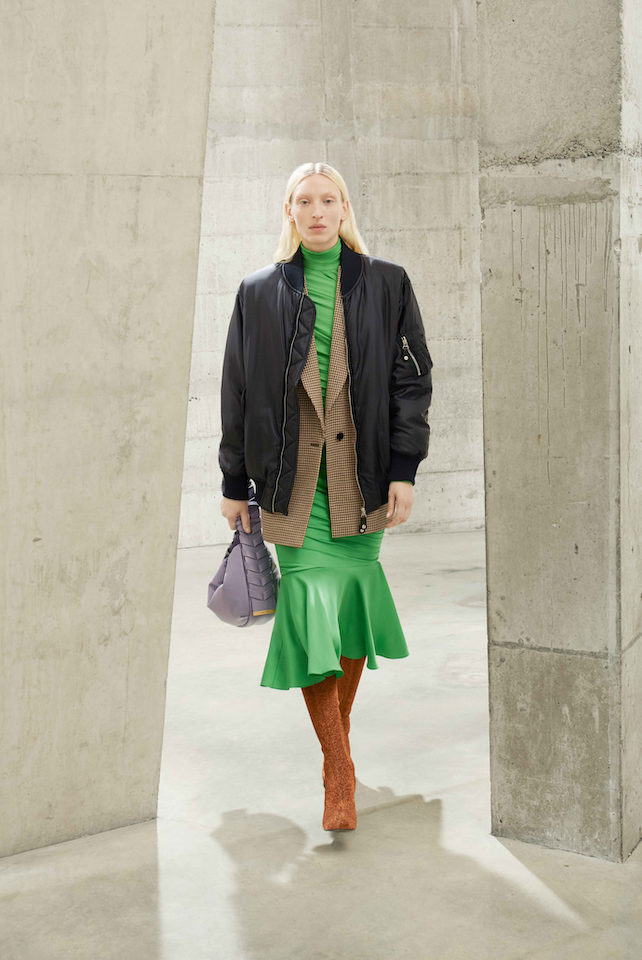
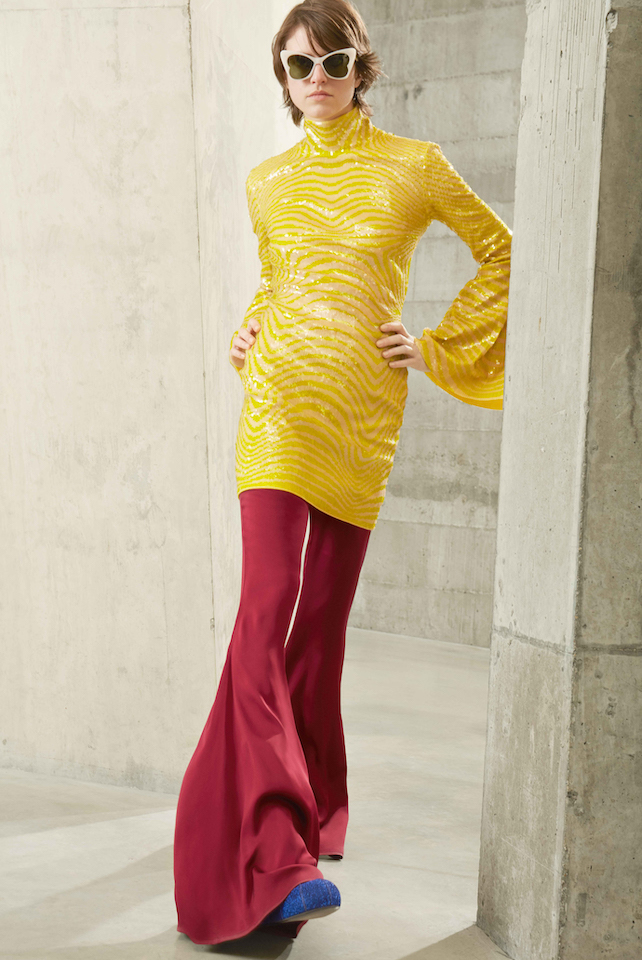
© Stella McCartney
GUCCI
For the 100th year anniversary of Gucci, Alessandro Michele’s Autumn/Winter 2021 collection is a testament to “the power of the Gucci brand.’’ He reexamines the Italian fashion house’s history, giving Gucci’s classic equestrian codes a festishistic spin and mixing his own symbols with the iconic shapes of some pieces lifted from Demna Gvasalia’s Balenciaga.
Since 2015, Gucci’s marketing strategy has always set a clear goal to demonstrate the brand’s commitment to social and environmental sustainability. In fact, the Florence-based brand is even presenting the opening of two exhibits, “The Obama Portraits” and “Black American Portraits”, at the LA County Museum of Art in Los Angeles, California.
“The Obama Portraits” features artist Kehinde Wiley, who depicts a groundbreaking portrait of previous American president Barack Obama against a colorful background that symbolizes Obama’s personal history. “Black American Portraits” depicts Black figures in a range of mediums spanning two centuries of history.
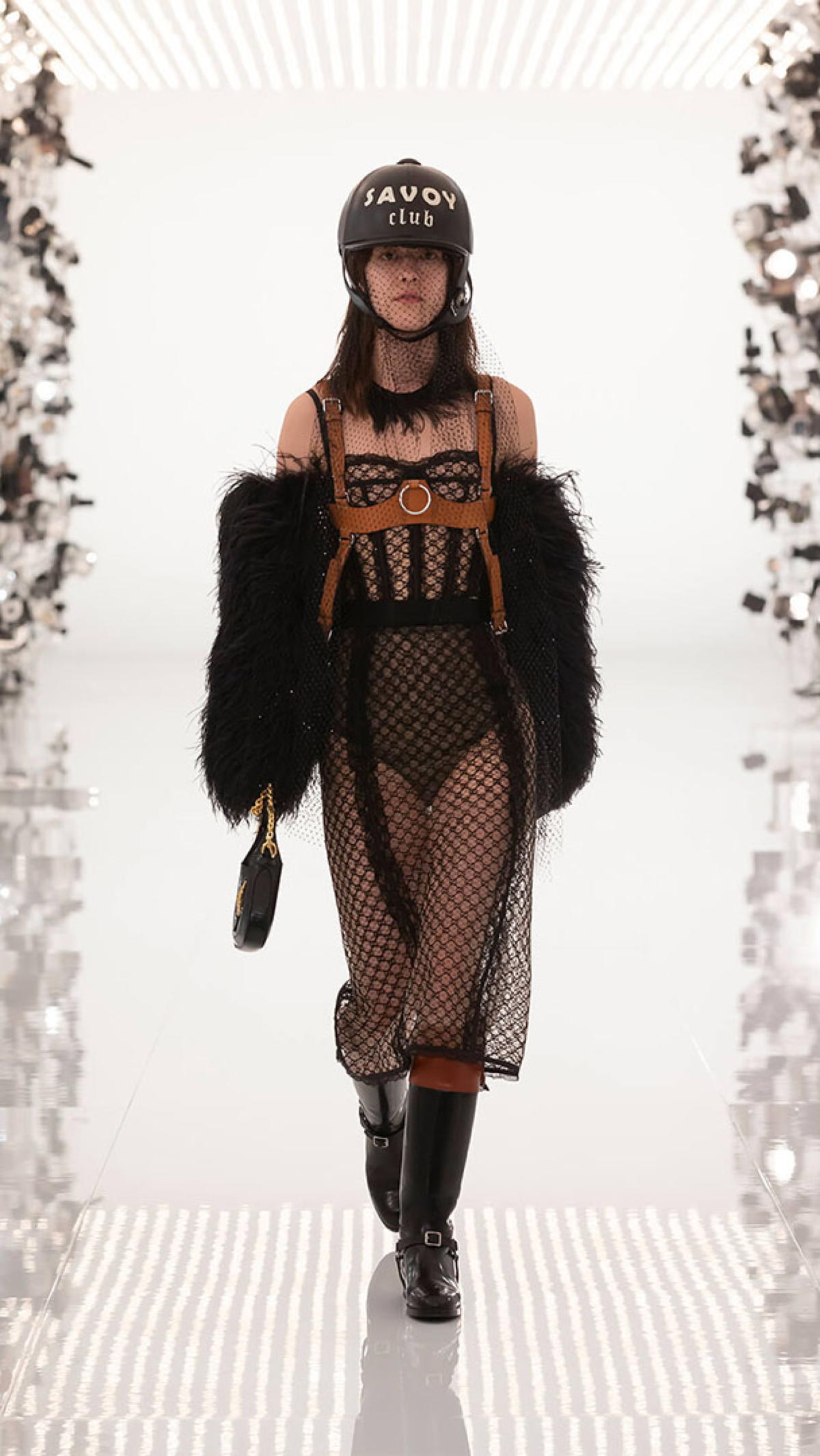
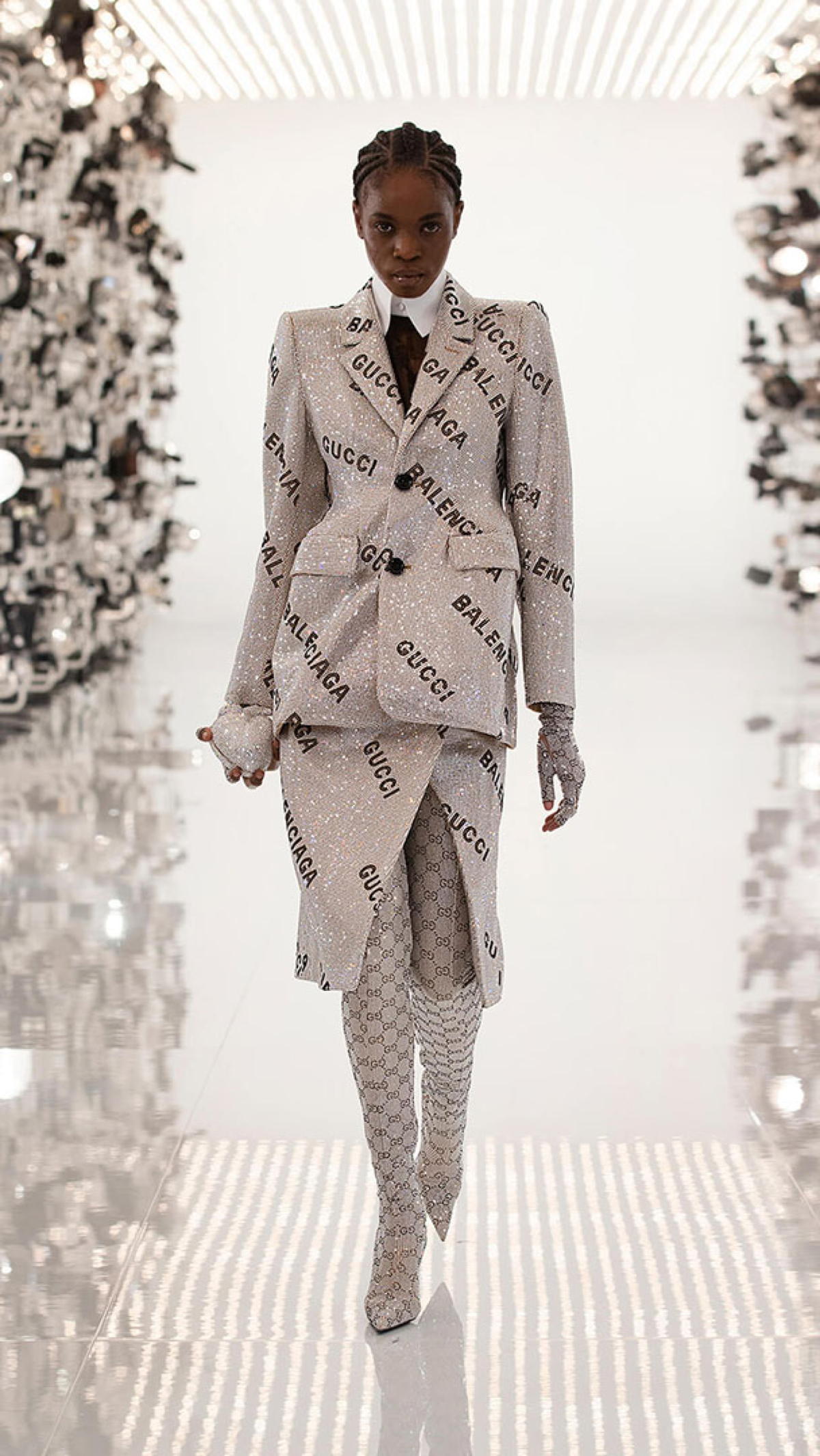
© Gucci
VIVIENNE WESTWOOD
Having been associated with sustainability for over ten years now, Vivienne Westwood’s Autumn/Winter 2021 collection was made with 90% of materials that have a reduced impact on the environment. The collection uses upcycled deadstock, viscose, organic silks, and newly sourced recycled denim. Much of its design, based on Daphnis and Chloe, a 1743 painting by French painter François Boucher, repurposes many of Westwood’s ideas of having a positive impact on the environment of fashion.
The brand’s social media strategy also touches on Westwood’s commitment to sustainability with featured posts devoted to the British designer and activist at climate protests and her blog posts addressing the state of the climate crisis.
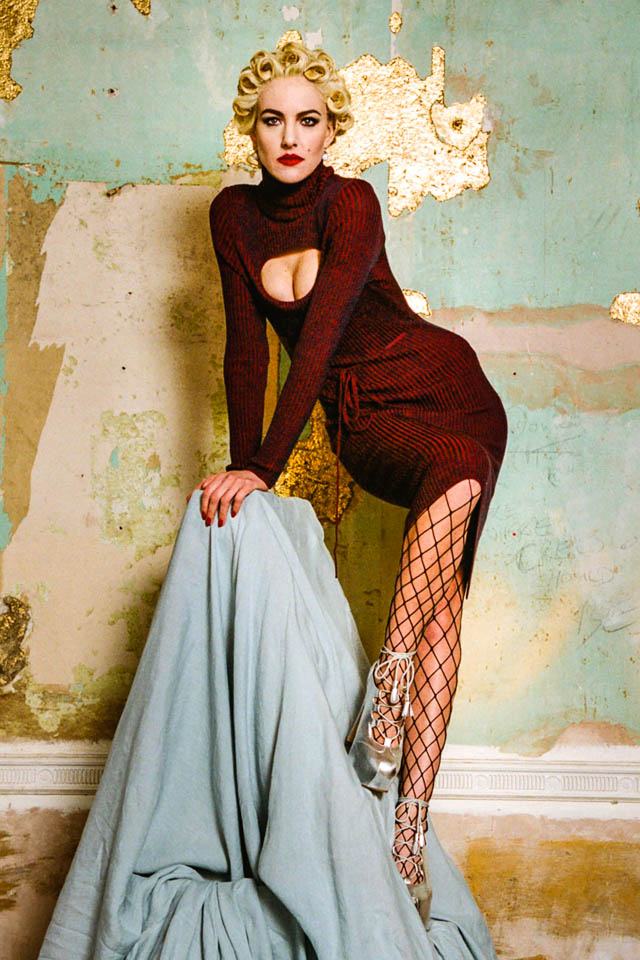
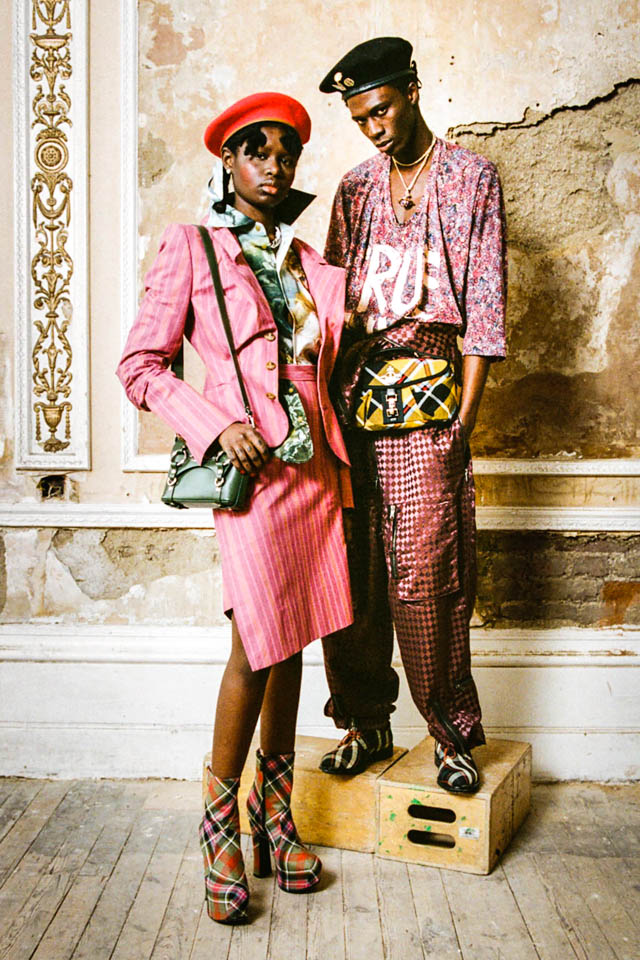
© Vivienne Westwood
PRADA
Prada’s Autumn/Winter 2021 collection speaks to the collective feeling of hope that is mounting after the worst of the pandemic. Almost as a continuation of the menswear line, the collection connects men and women by bringing together the masculine parts in women and the feminine parts in men.
Androgynous suiting made way to other pieces like a drop-shoulder, puff sleeve coat in electric yellow and a clutch coat in fake fur and the company’s regenerated Re-Nylon. With this collection, Raf Simons and Miuccia Prada prioritized ease alongside elegance, understanding the way the pandemic is changing fashion.
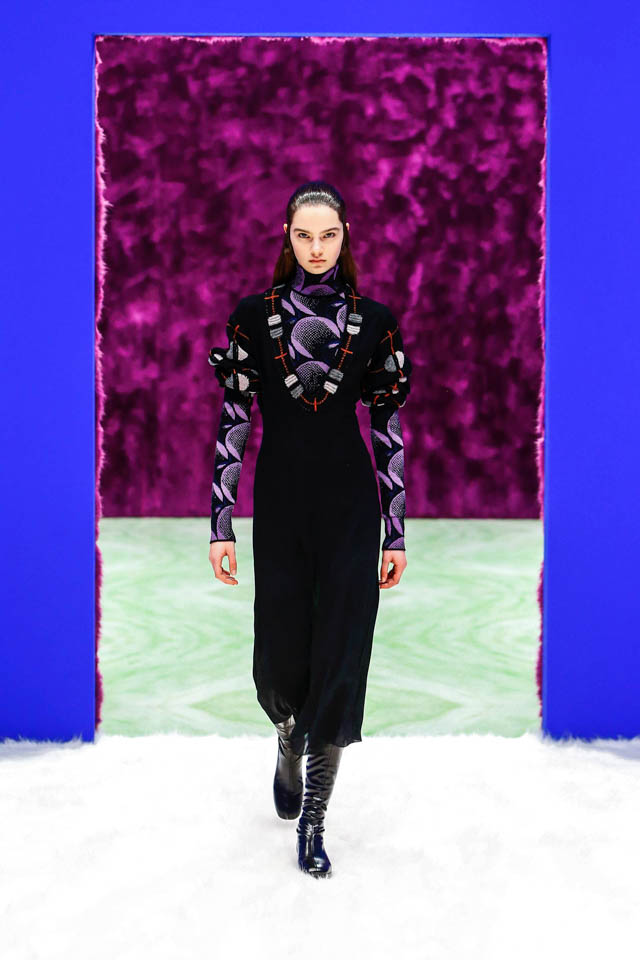
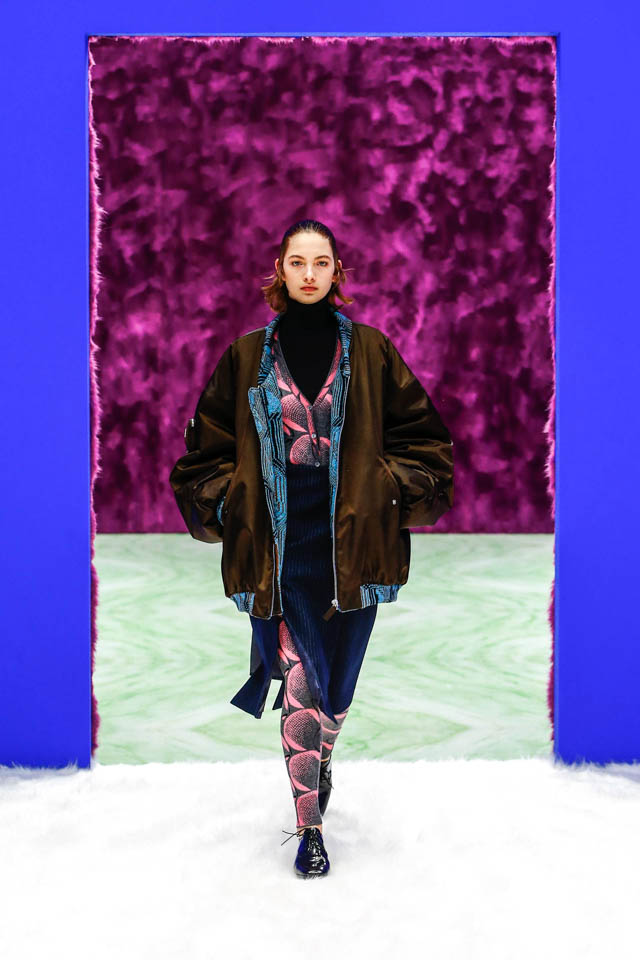
© Prada
CHLOÉ
Gabriela Hearst’s first collection for Chloé paid tribute to the brand’s founder Gaby Aghion and the boho spirit of the Parisian Left Bank. It also incorporated features of the designer’s Uruguayan heritage.
And of course Hearst’s altruistic sustainability took center stage. Marble prints were created on blouses and dresses using seaweed and eggs. The organic colors of by-product shearling and eco-leather outerwear were produced through non-chemical processes. The house’s archival butterfly motif was applied on sweaters in recycled cashmere and merino.
Chloé’s social media presence highlights the earthy nature of the collection in between posts of the delicate elements that exist in the planet’s natural ecosystems. There are pictures of fungus, plantlife and even a watermelon, reminding its audience that nature exists all around us whether we notice it or not.
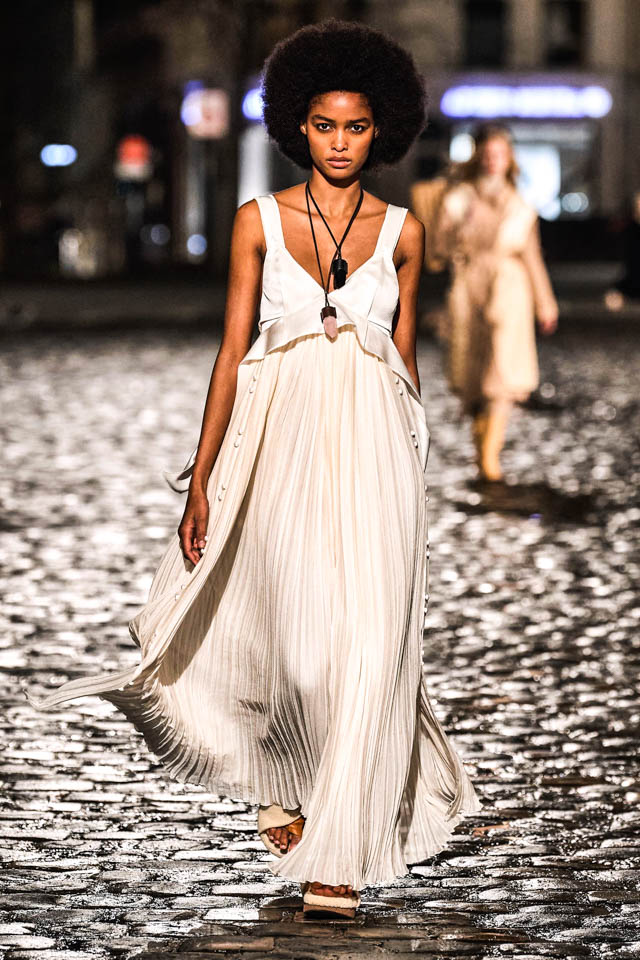
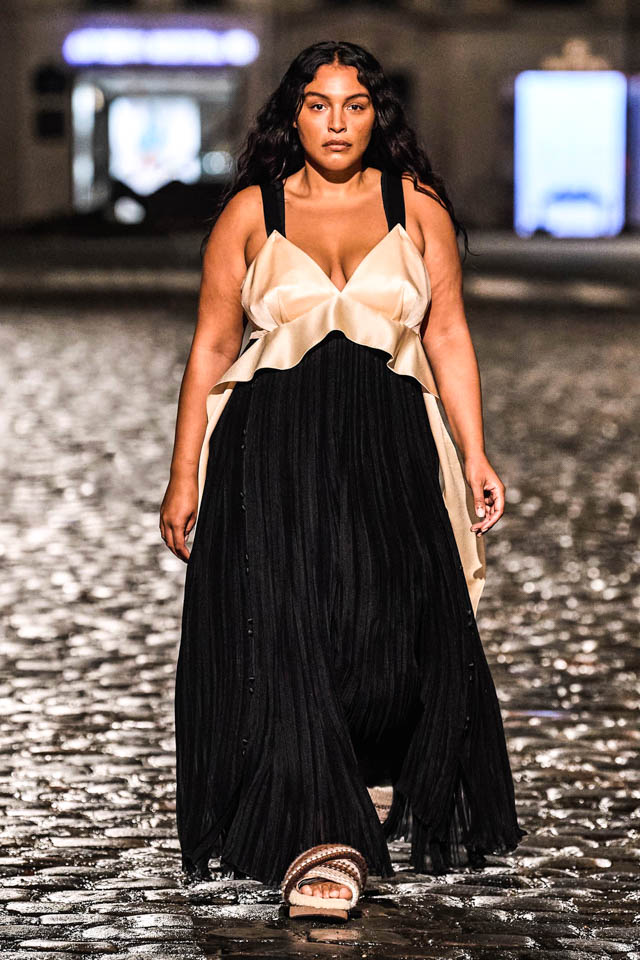
© Chloé
BURBERRY
In comparison to his previous collections with Burberry, Riccardo Tisci’s Autumn/Winter 2021 collection was driven more by instinct rather than method. He expressed this instinct through references to the clothes historically worn in nature, but with a sensual twist that managed to bring femininity to the traditionally masculine roots of the brand.
This naturalist mindset was inspired by the movements of the late 19th and early 20th centuries at a time when instinct and impulse were valued above rationalism and materialism. Also for the collection, the British luxury brand released a video with a diverse group of British women reflecting on the meaning of femininity to them.
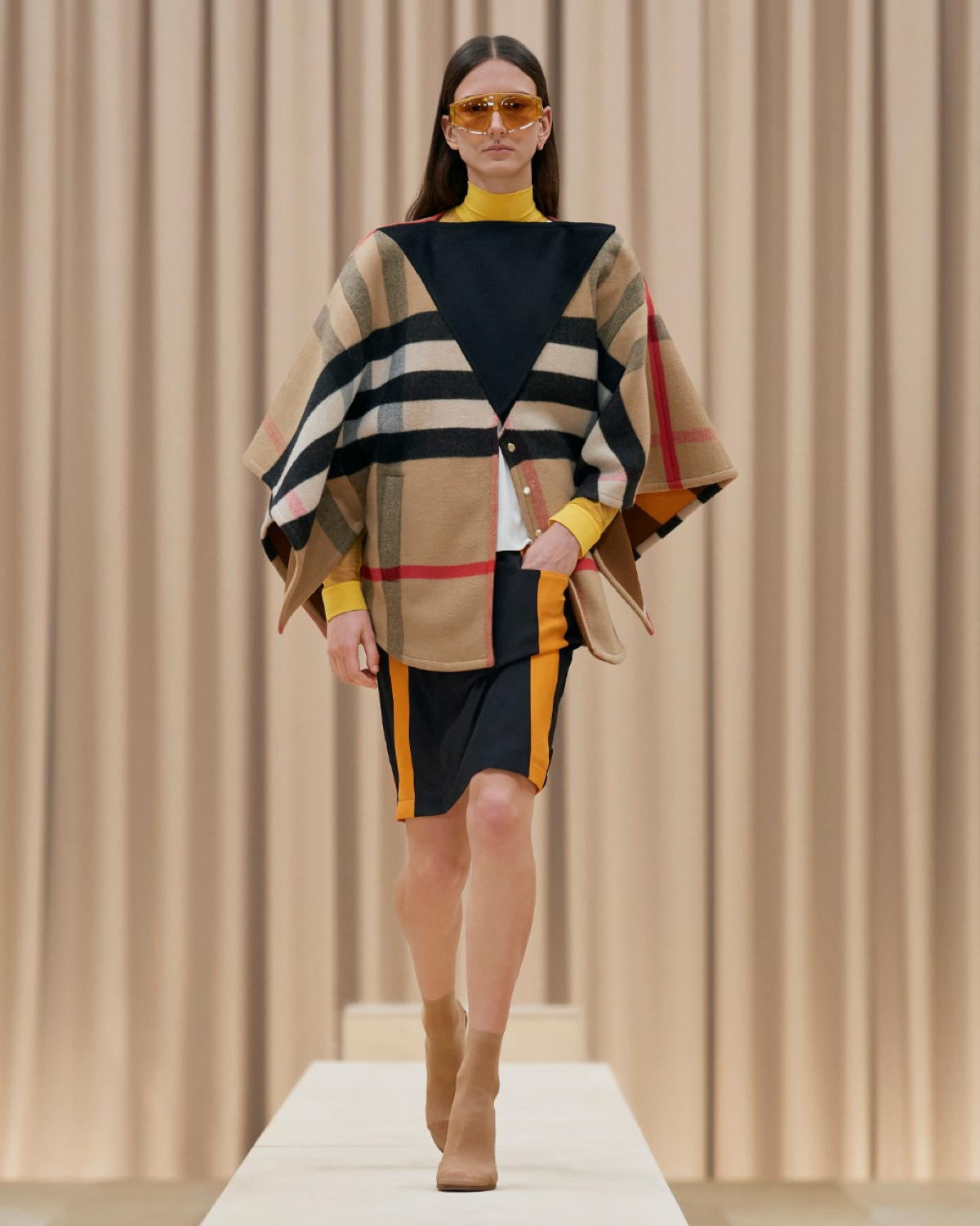
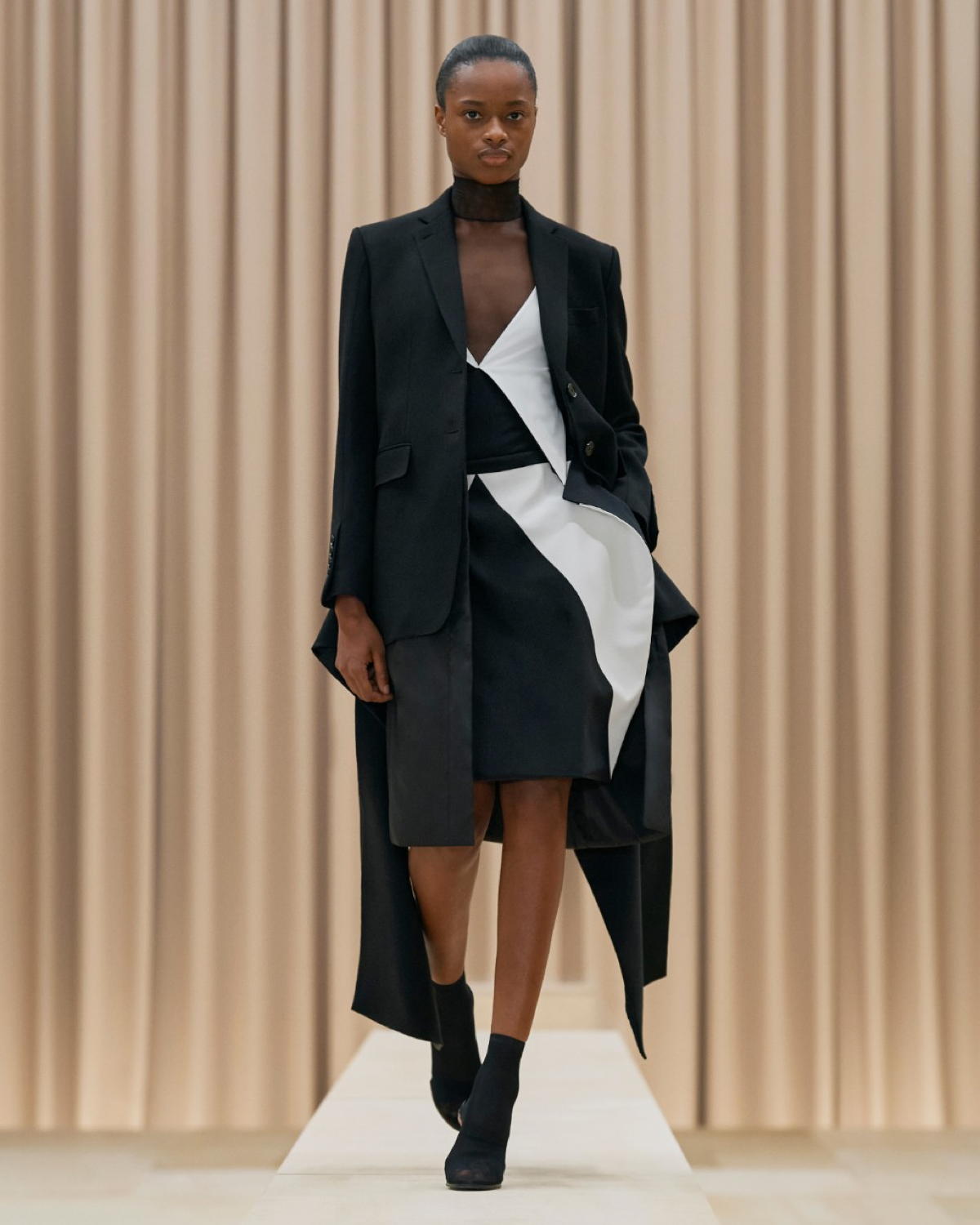
© Burberry
KEY TRENDS
As fashion becomes more inclusive, so do the themes that designers embrace to explore with each collection. Sustainability will always remain a central focus, especially as the conversation around climate change and the environment continues. But the themes of diversity and the blurring of the lines between masculinity and femininity are also making their way into the collections of fashion’s top brands. Fashion’s newest consumer is a more socially conscious one and they expect the brands they buy from to be no different.
+ Words:
Tyler Lea-Thompson
Luxiders Magazine

